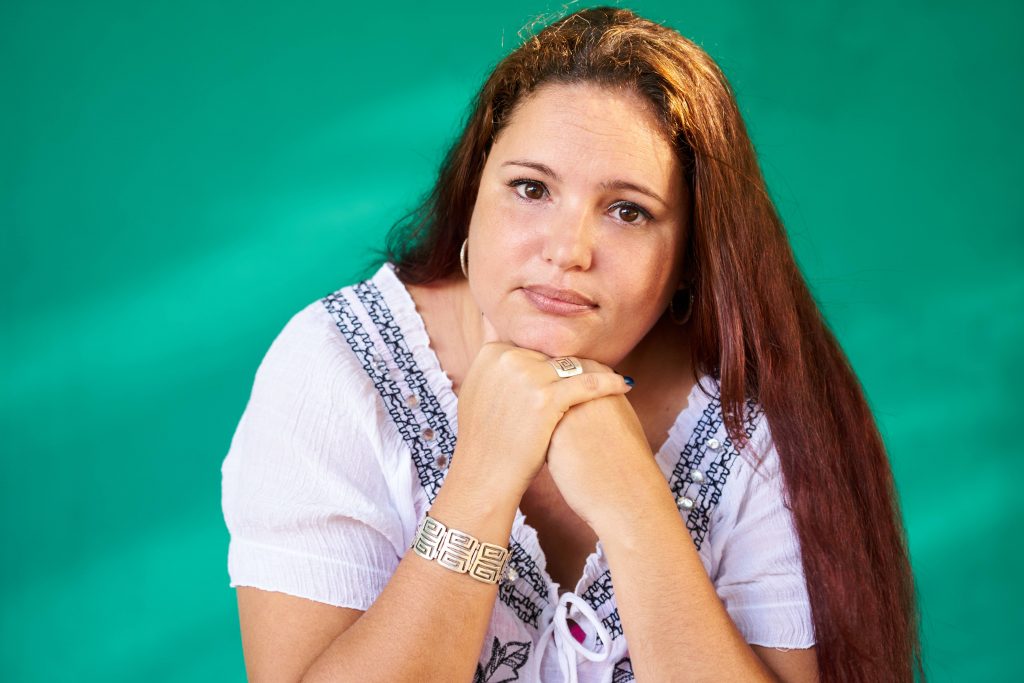-
Featured News
Mayo Clinic Q and A: Breast reduction surgery can relieve back, neck pain

DEAR MAYO CLINIC: Is breast reduction surgery safe for my 16-year-old daughter? She’s had neck pain for years and doesn’t want to wait any longer to have the surgery done.
ANSWER: Breast reduction surgery is a safe and effective procedure for relieving neck and back pain, as well as other problems that can be caused by large breasts. In most cases, it is recommended that teenagers wait until their breasts finish developing before having breast reduction. But if symptoms are making your daughter’s day-to-day tasks difficult or interfering with her quality of life, breast reduction may be possible, even if she is not done growing. A second surgery may be necessary later in life if her breasts aren’t yet fully developed. Some risk is involved with breast reduction, as with all surgeries. But in the hands of a board-certified, experienced surgeon, those risks typically are low.
During breast reduction surgery, extra tissue and skin are removed from the breasts. The specific technique used for the surgery may vary somewhat. Generally, the surgeon makes an incision around the areola (the dark skin that surrounds the nipple) and down the breast. Then the excess breast tissue, fat and skin are removed to reduce the size of each breast.
The nipple and areola usually remain attached to preserve their blood supply and maintain feeling in the nipple after surgery. In some rare cases, though, the nipple and areola might need to be removed and reattached at a higher position on the breast as a skin graft. This makes the nipple numb after surgery.
To be a good candidate for breast reduction surgery, your daughter should be in good health and be able to tolerate general anesthesia. She also needs to have enough breast tissue left over after the procedure to be able to have it reshaped into a smaller breast that will fit her weight and frame.
Breast reduction surgery often relieves chronic back pain, neck muscle spasms and shoulder pain due to large breasts. Other common benefits include better posture, improved breast appearance and less skin irritation under the breasts. Surgery also can help with your daughter’s self-image and allow her to more comfortably participate in physical activity.
In general, the main risks of breast reduction surgery are the same as any surgery: infection, bleeding, wounds and blood clots. Your daughter may have numbness in the nipples and areolae after surgery. It’s also important that she realizes there will be permanent scarring on the inside and the outside of her breasts. The scars fade over time, but they never go away. If she has developed deep shoulder grooves due to bra strap pressure, those grooves likely will remain after surgery, but the pressure will be lessened.
In some cases, breast reduction surgery may make it hard to breastfeed. But that often depends on the surgical technique used. Talk to your daughter’s surgeon about the technique he or she uses and the likelihood that it may interfere with breastfeeding.
Although she will have some pain after surgery, it often can be effectively controlled with pain medication and normally doesn’t last long. Recovery usually takes several weeks, but within two weeks, your daughter likely would be able to resume many daily activities. Lifting and other physical activity usually is restricted for up to four weeks following breast reduction surgery.
I encourage you and your daughter to meet with a plastic surgeon to ask questions and discuss expectations for breast reduction surgery. Ask about the specific risks for a teenager going through this procedure, and be sure to address any concerns before surgery. — Dr. Nho Tran, Plastic Surgery, Mayo Clinic, Rochester, Minnesota







